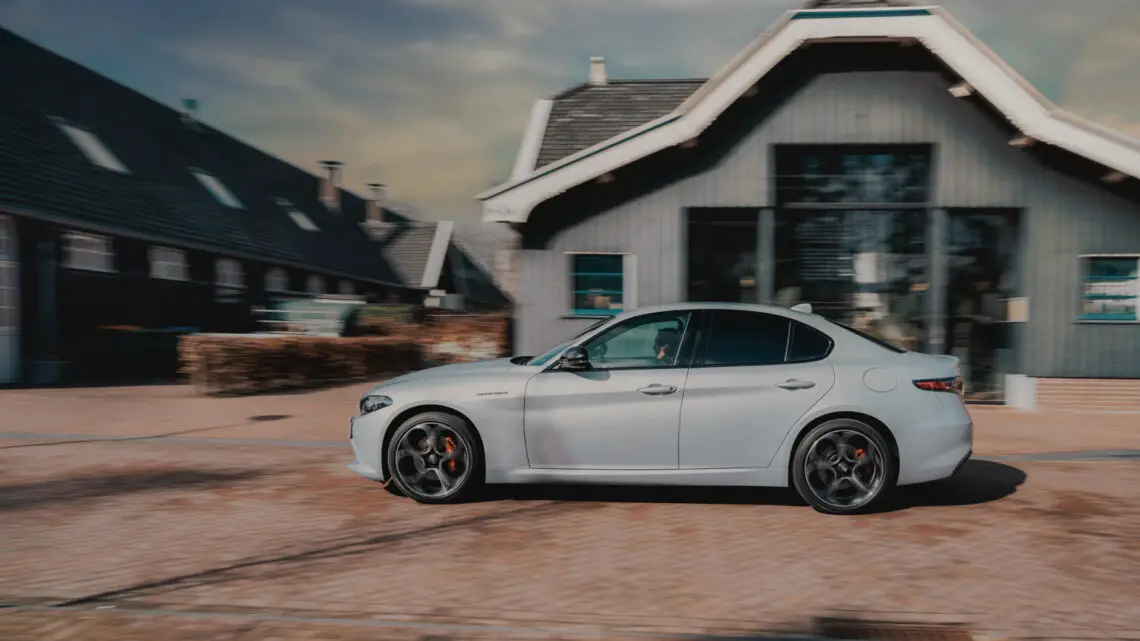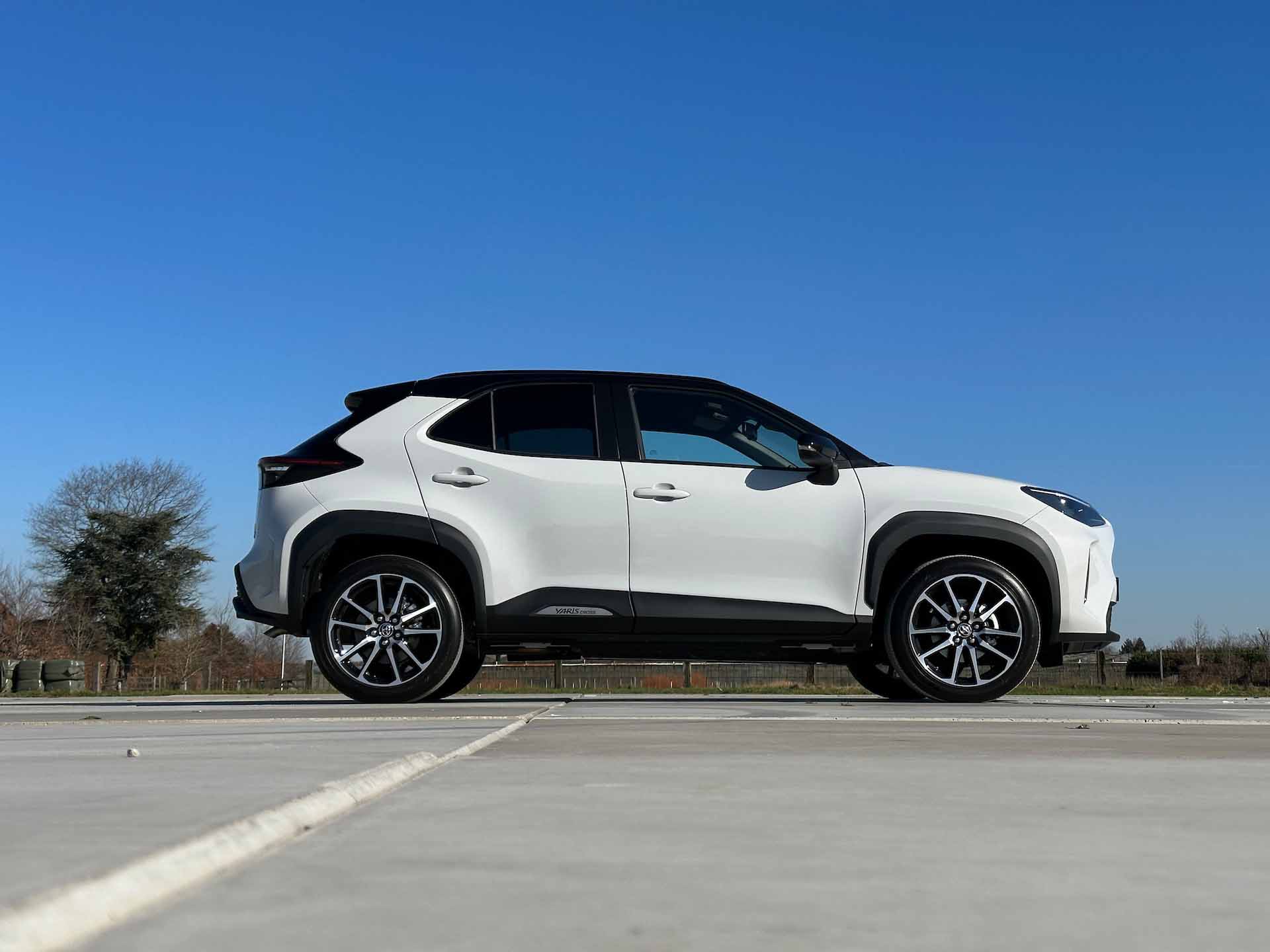Scoring low road tax? These provinces are the cheapest
Road tax = MRB
Road tax is also known as motor vehicle tax, or MRB for short. The amount you have to pay depends on the vehicle’s weight, CO2 emissions and the type of powertrain. Diesel is penalized considerably more heavily than gasoline in the Netherlands.
Fully electric cars are exempt until the end of 2024. As of Jan. 1, 2025, BEVs will also start paying road tax. Plug-in hybrids (PHEV) are subject to a half rate until December 31, 2024. Owners of a plug-in hybrid car thus receive a 50 percent discount on motor vehicle taxes. This only applies to cars with minimum CO2 emissions that do not exceed 50 grams per kilometer.
Road tax calculation
Calculating road tax is a piece of cake. The Internal Revenue Service has created a handy calculator tool to calculate the road tax applicable to you. But first, it is important to find out the weight of your car. Using the web tool ovi.rdw.nl, simply enter your license plate number. The figure behind “Unladen vehicle mass” applies to calculate road tax.
Calculation example
In this calculation example, we assume a car with a gasoline engine and a car with a diesel engine (without particulate allowance). We take a weight of 1,300 kilograms as an average. The amounts listed are based on a three-month period.
Road tax passenger car – gasoline – 1,251 to 1,350 kilograms
- North Holland: 171 euros
- Utrecht: 180 euros
- Limburg: 181 euros
- North Brabant: 181 euros
- Overijssel: 181 euros
- Flevoland: 182 euros
- Zeeland: 183 euros
- Friesland: 186 euros
- Drenthe: 190 euros
- Gelderland: 191 euros
- South Holland: 193 euros
- Groningen: 193 euros
Road tax passenger car – diesel – 1,251 to 1,350 kilograms
- North Holland: 363 euros
- Overijssel: 372 euros
- Utrecht: 372 euros
- Limburg: 373 euros
- North Brabant: 373 euros
- Zeeland: 374 euros
- Flevoland: 374 euros
- Friesland: 378euros
- Drenthe: 382 euros
- Gelderland: 383 euros
- Groningen: 385 euros
- South Holland: 385 euros
The conclusions
What stands out? That North Holland is the cheapest province to live in when it comes to road taxes. Utrecht, Limburg and North Brabant are also somewhat cheaper compared to other provinces. The provinces of Gelderland, Groningen and South Holland charge the most road tax on diesel cars. Owners of a gasoline-powered car pay the most road tax in Gelderland, South Holland or Groningen.

Road tax major revenue source
Road tax is also an important source of revenue for the Dutch government. The current MRB system works out more and more advantageous for the government as cars get heavier and heavier. And here we refer mainly to conventional passenger cars with a gasoline or diesel engine. Due to increasingly stringent requirements, automakers are adopting more safety systems and sturdier steels. That increases the vehicle weight.
Pay by use
Road tax may be an obsolete concept in the near future. The current administration plans to reform the MRB to a “Pay by Use” system. No longer the vehicle weight, but rather the miles traveled in a year will then become the guiding factor in determining a tax amount. Currently, there is still talk of “Pay by Possession. The new “Pay by Use” system is expected to be implemented in 2030.
“The aim is to maintain the revenue from car taxes and reduce CO2 emissions. Motorists will no longer pay a fixed amount for owning a car in the new system,” the central government said. “By placing more emphasis on use than possession through taxation, the government expects households and businesses to use their vehicles more consciously. And thus reduce mileage, resulting in 2.5 Mton less CO2 being emitted by 2030.”
There will soon be a flat rate per kilometer. So it doesn’t matter where or when someone drives. Miles abroad also count. How the government will record your mileage? We explain that here.
Planning car tax reform
- Spring 2022: Cabinet opts to pay motor vehicle tax per mile driven
- Fall 2022: Results of follow-up studies known, including on mileage registration and rate structure
- Spring 2023: Results of follow-up studies incorporated into draft bill
- Mid-2023: Start internet consultation: citizens and businesses may respond to draft bill
- 2024-2025: Consideration of the bill in Senate and House of Representatives
- 2026-2030: Implementing organization have time to adapt systems
- 2030: Pay by Use Effective Date
This has been tried before…
A “Pay by Use” system is not new to the Netherlands. There were previous plans to charge motorists for car use. Between 1999 and 2001, a proposal for the Road Pricing Act was debated in parliament for a flat fee during the morning rush hour in the Randstad. Between 2005 and 2010, there was a proposal for the Mileage Pricing Act. This included mileage tax instead of motor vehicle tax. The mileage price then depended on where a motorist was driving and at what time. Successes these did not become. But the new “road tax” system is going to happen, it is expected.

